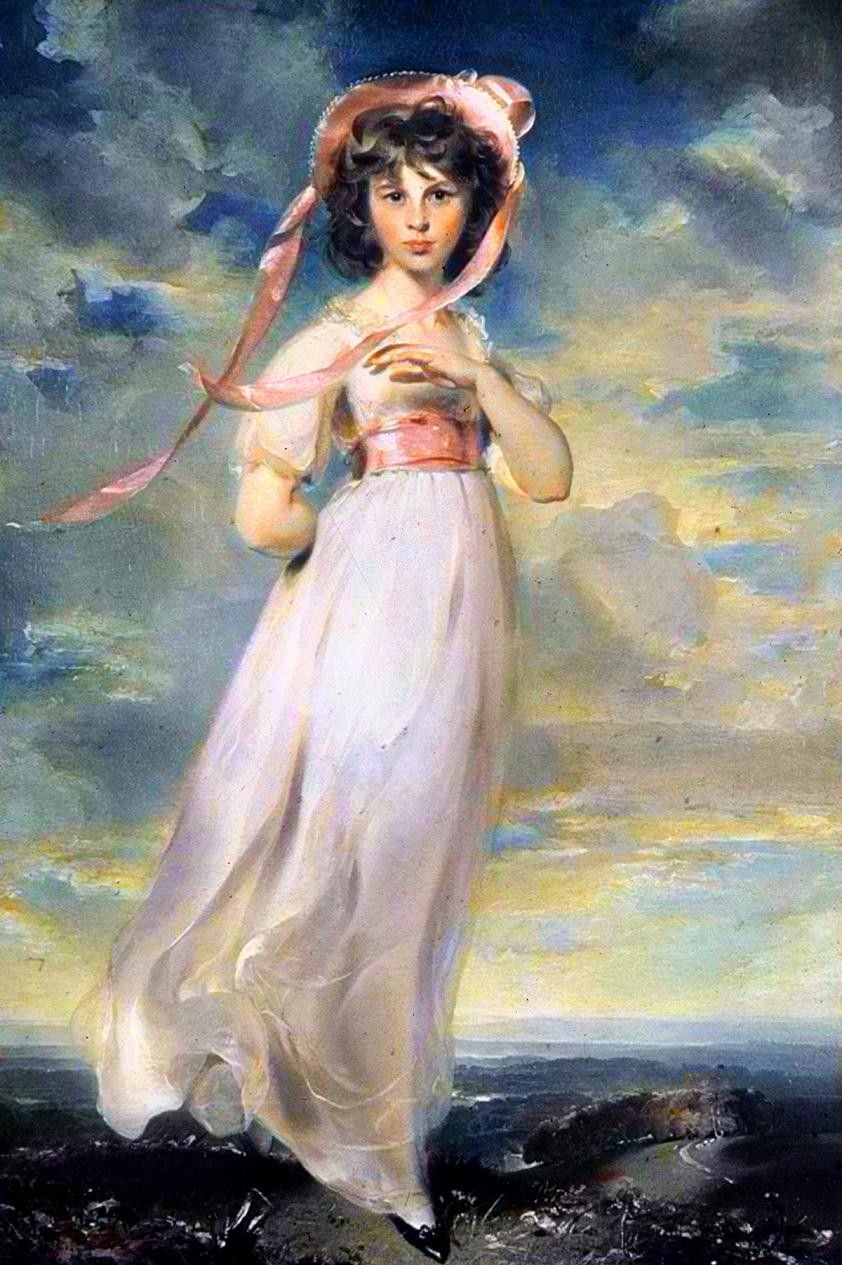The Unexpected Answer and Red
7:00 AM-magritte.jpg) |
| Rene Magritte, The Unexpected Answer, 1933 |
That gaping hole in what may have once been a doorway can either be seen as an entry or an exit, or even a acidic silhouette that has eaten its way through. Or it can be infinitely more complex, if you so choose. Personally, every time I have viewed Magritte's The Unexpected Answer I've always felt that it was more of a mirror than a hole. It stares back at me, but I am lost in the darkness. Either that, or I'm a vampire.
As the floorboards recede away, dissolving into the black, I find myself asking where exactly do they go? Do they drop off into some crawl space abyss or do they lead on through some Nosferatu corridor? In fact, the longer I look, the more questions gurgle up like magma. What caused this? Would it be better to walk through the hole or turn the knob? Does the knob even work? And chiefly, where does the darkness lead? I think that's what makes Magritte's painting one of my favorites. Darkness has always been synonymous with fear, something to turn away from. The door itself reminds me a bit of something you would see in a horror movie, perhaps it's Norman Bates'.
But here, I find that shadow reaching towards me, beckoning me forward. I want to touch the darkness. I want to follow it. Perhaps if it were just a door, I would want to turn and run. The dark is what pulls you in, probes your curiosity. Like John Logan's depiction of Rothko states above, it's not nice. It's not pretty. The darkness reveals something, "feral and foul and primal and REAL," about oneself. A side of us that may not be as terrifying as we had previously imagined. In fact, it may be what we had been looking for after all. There, within the darkness, is your expected answer.
.jpg)
.jpg)








0 comments